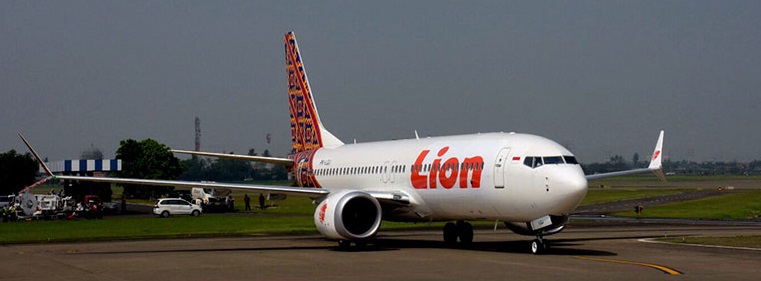Garuda Indonesia Plans to Cancel Boeing 737 MAX 8 Order
JAKARTA/OSLO (Reuters) - Indonesian airline Garuda plans to cancel a $6 billion order for Boeing 737 MAX jets, it said on Friday, saying some passengers would be frightened to board the plane after two fatal…
